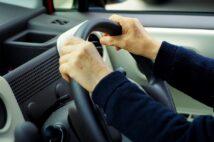Next, Ms. Annette Hebring of the Body & Security Business Unit gave an overview of Continental's vehicle access and authentication system. “Continental introduced the immobilizer to the market in 1994, providing excellent car security to the end user,” said Hebring. After developing the system, we developed the 4th generation PASE system based on the first PASE system in 2013. And we will introduce the 5th generation PASE system in 2018. Not to mention car keys and receivers, Antenna modules, immobilizers, NFC (Near Field Communication) transceivers, control modules, etc. are also necessary," he said, explaining the history of Continental's vehicle access and authentication systems and the necessary devices.
A schematic diagram of the devices required for the 5th generation PASE system and a graph of needs for vehicle access and authentication systems. "Handless systems are becoming more and more popular, and the needs of end users are high," said Mr. Hebring.Mr. Works seamlessly with lower technical barriers, users don't have to worry about what's going on, and there's no need for specific handling Even if the cost is low," he said, "First of all, you have the key, but you don't have to hold the key in your hand, and you don't have to press the button. Communicate and determine whether the key is inside or outside the car.If you get close to it, the door will be unlocked, and if you get in the car with the key, you can start the engine.With the key within 9m with the key. A welcome light comes on as you approach, making it easier to find your car in the dark, and the seat and mirror positions can be adjusted to suit your personal preferences, so you can get in and get started in no time. Then, when you get out of the car with the key and close the door and leave, the door will be automatically locked," explains the function of the PASE system.
A slide explaining the functions of the PASE system. A demonstration of the PASE system by Mr. Hebring, which allows the car to start without any special intervention from the driver if he/she has the key and tries to get into the car. The doors are unlocked just by approaching, and it is possible to determine whether the key is inside or outside the car.Slide explaining the "dynamic localization function" When the car is locked, it can be unlocked by the movement of the key, and the electrostatic sensor in the bumper is no longer necessary." In addition, the "dynamic localization function" measures the movement and steps of the key relative to the car, and if it is determined that there is no intention to get in, it will remain locked, and if it is determined that it is about to get in, it will be unlocked. was said to be possible.A slide about the access system. We also introduce the shadow key that can be charged from a smartphone and wearable keys such as a bracelet type, as classic access for RF/LF operation and trend access for operation that can use smart devices and existing RF/LF through a gateway key. . The next step, Continental Smart Access, utilizes BLE (energy-saving standard: Bluetooth Low Energy) and NFC. By sending a valid virtual key from the backend to the smart device, Continental's CoBePa (abbreviation for Continental Backend Platform) is a cloud-compatible key that enables the operation of communication between the car and the smart device. The entire system works by receiving the virtual key of the car in the smart device.The first version will be released to the market soon,” said Mr. Hebring. , A demo that introduces how the lock is unlocked by bringing the bracelet-like key close to it, and the lighting changes to green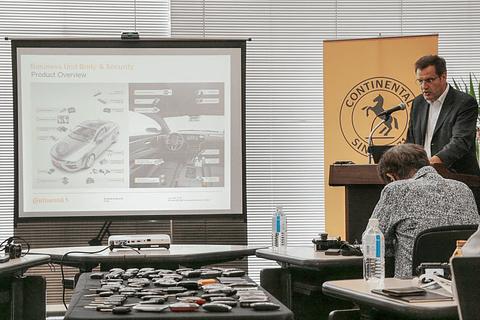
In addition, Continental's smart access "OTA Keys" was explained by Mr. Hiroyuki Matsumoto, manager of the body & security network device product group.
"OTA keys is a joint venture between Continental and Belgian car service group D'leteren for the development of car sharing services and the provision of equipment. , We can provide car sharing service providers with a system that distributes keys through the mobile phone network, including mobile phone applications.As an additional function, it is also possible to obtain car information on the server side," says Mr. Matsumoto. explains.
For information on how to use car sharing with OTA keys, download the OTA keys app to your smart device from the AppStore or Google Play, and enter your ID and password to log in. After launching the app and making a reservation for use, the key that unlocks the car and starts the engine is obtained via the network at the reserved time and checked in. When you finish car sharing, you can check out by releasing the key, so it will be possible to charge for car sharing on a minute-by-minute basis. The app also had a function to send images to the server in the event that the vehicle was damaged during use.
Slides on OTA Keys overview and specific operations of car sharing "SMART MOBILITY"As for the hardware, the main unit "OBU (ONBOAD CONNECTIVITY UNIT)" is connected to the OBD connector on the car side. By doing so, power is supplied, and it is possible to start using it by communicating with the car's network. A 3G modem is also included in the unit, and it is said that you can also update the firmware. In addition, BLE (Bluetooth Low Energy) with ultra-low power consumption is used for connection with smartphones. It also has a built-in GPS module, and it is possible to periodically upload the vehicle location etc. to the server using 3G communication, so car sharing and car rental companies can clarify the location of their car. It is said that it can be grasped by In addition, it is possible to access the car using RFID and NFC, and to check the current status with an LED on the optional unit "BADGE READER". It was explained that the installation was just to connect the cable to the main unit.
Commentary on in-vehicle components. "Since NFC has a short communication distance, the optional unit 'BADGE READER' needs to be installed at the window and placed so that it can be touched from outside the vehicle." The software is equipped with the functions necessary for use in car sharing, and it is explained that it can also handle fleet management. NFC is a function installed in smartphones, but it can also be controlled using RFID with a card, etc. An optional unit, BADGE READER, is required, but a card does not require a battery, and a car sharing operator's card. But it will be feasible to do the service," he commented. Regarding the software that can be used for fleet management in addition to car sharing, he said, "Since we have an iOS SDK and an Android SDK, it is possible for operators to develop the apps they need. API for connecting with the backend. is also prepared as a PUSH ENGINE," appealing its high degree of freedom, and, "As an application, it has functions such as reservation and booking management, unlocking and locking, checking the vehicle damage before use, and sending images to the server. etc. are already implemented." He added, "With apps and SDKs available, it's easy and quick to start a business, so we've already started several businesses in France, Germany, Switzerland, and the Netherlands. Many businesses are expected to start," commented Matsumoto.Demonstration of OTA Keys by Mr. Matsumoto. Check the vehicle information on your smartphone and make a reservation. You can also check the location on the map, and by checking in, you can unlock and start the engine. The unit inside the front window is the optional unit BADGE READER

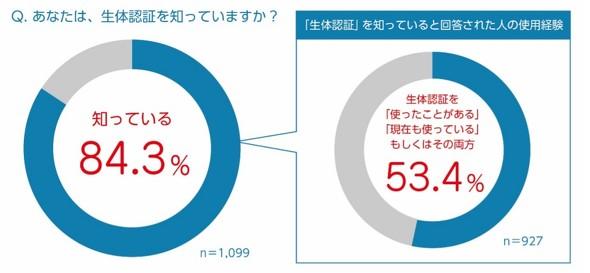
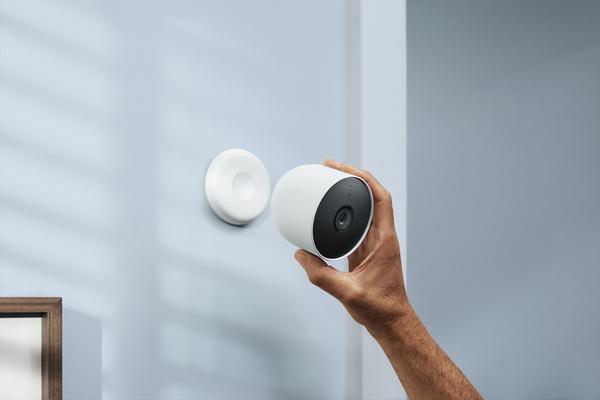
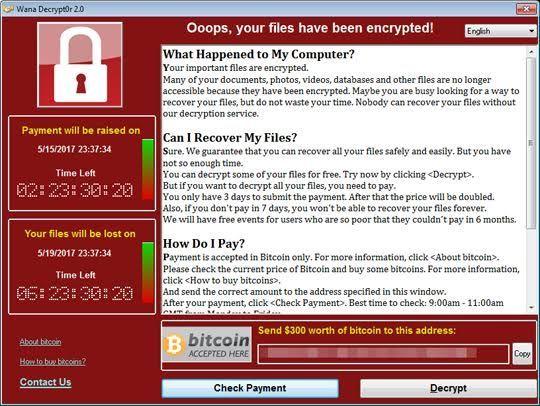
![Customized items for the new "Toyota Noah / Voxy" appear from Modellista [Tokyo Auto Salon 2022] [News]](https://website-google-hk.oss-cn-hongkong.aliyuncs.com/drawing/article_results_9/2022/3/28/2fb1fdedaad7536dd6271db30561f588_0.jpeg)
![[New Toyota Voxy (90 series)] Amplifies the characteristics of the aero body! A design that further enhances the power of the front mask! #Works direct custom deep layer 001](https://website-google-hk.oss-cn-hongkong.aliyuncs.com/drawing/article_results_9/2022/3/25/01568e2fbf021c0eaf7d013507c850a4_0.jpeg)

![[Toyota Noah / Voxy new model] Modellista releases various customized parts ... Actual vehicle exhibited at Tokyo Auto Salon](https://website-google-hk.oss-cn-hongkong.aliyuncs.com/drawing/article_results_9/2022/3/25/8268612c1e5941e62d3dfd07f8991b2f_0.jpeg)
